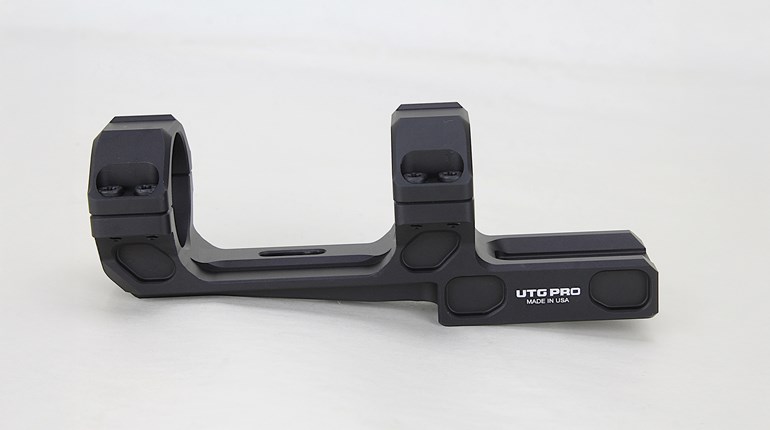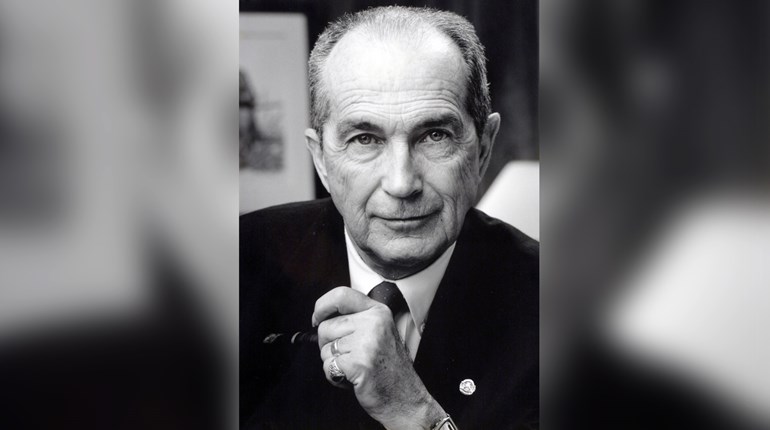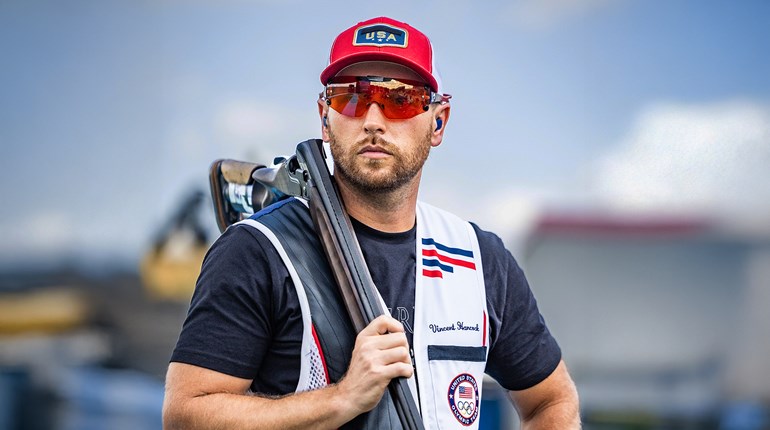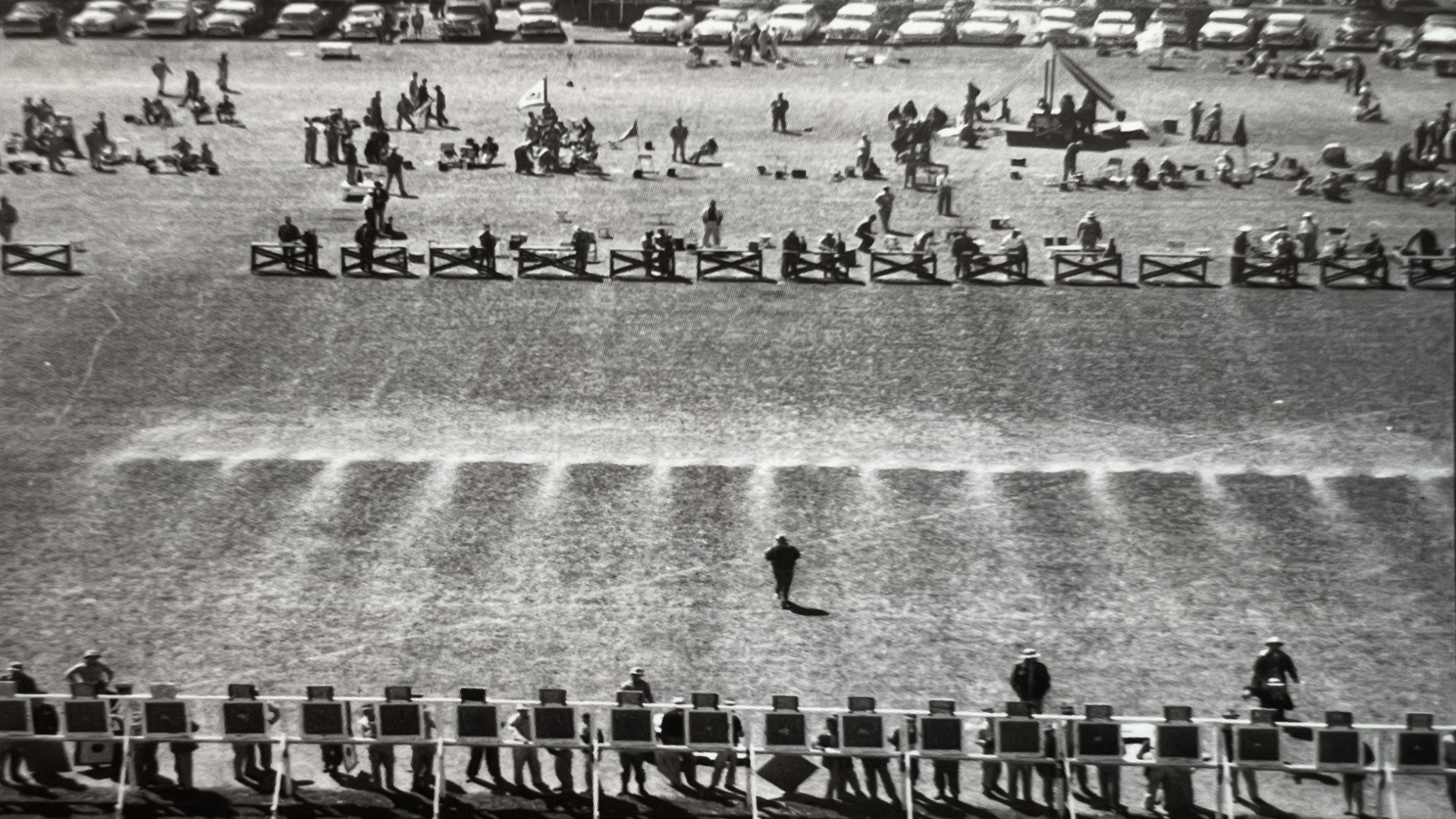
“In view of the increasing seriousness of the foreign situation and a growing demand for all-out civilian support of National rearmament effort and troop requirements, the Executive Committee of the National Rifle Association canceled the 1950 National Smallbore and Pistol Championships … and the National High Power Rifle Championships … When the National Rifle Association took similar action in February of 1942, there was considerable criticism from those quarters which felt that America could fight a war while continuing business as usual. But subsequent events proved the leaders of the NRA were merely in advance of the rest of the sports world in recognizing the true state of affairs. The men who head the NRA at this time believe that the present world situation warrants husbanding all available ammunition, supplies and channeling of both supplies and man power [sic] into an aggressive nation-wide Small Arms Training Program even at the expense of the Annual Championships.”
—NRA Executive Committee official statement in NRA’s Tournament News, August 1950
NRA officials were all too familiar with the drill: appear before a Congressional Appropriation Committee and petition for National Match funding. In 1950, NRA Executive Director C.B. Lister argued the merits of an increased allotment above the proposed $160,000 and NRA Executive Committee members lauded the program and the effort to restore high power shooting to it, yet no increase was approved.
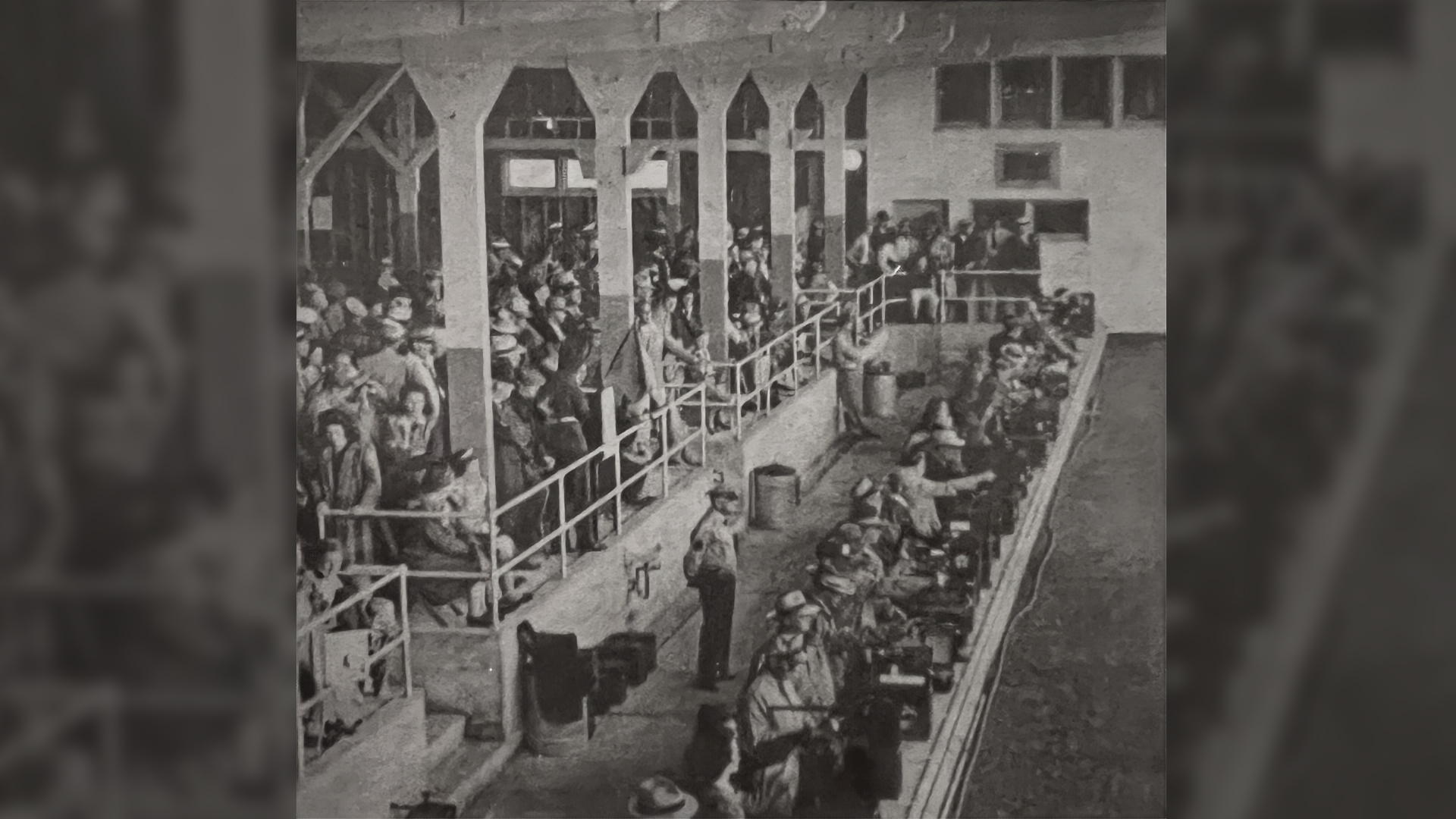
San Francisco was slated to host the NRA national smallbore and pistol championships in conjunction with the National Rifle Association’s third annual convention on October 2-6, and for the first time since 1946, regional champions were to receive NRA awards of round trip rail tickets. Come May 1950, plans were proposed and programs printed whereby the championships would be fired on the West Coast: for pistol, the San Francisco police facility was prepared, while smallbore was scheduled to be fired at a new 125-point range in nearby Sharp Park. And to the delight of big bore enthusiasts, approval came from Sixth Army Headquarters to conduct high power matches at Camp Roberts, California.
Plans for the inclusion of National Trophy matches, minus the team rifle event, never did appear firm and the eventual announcement of their approval in the August 1950 issue of The American Rifleman explained why: “The Army is much interested in a revival of the National Matches but the seriousness of the Korean situation (which will probably become worse before it becomes better) makes it impossible to say definitely what the situation will be by late September.”
Sure enough, the conflict in Korea led to the cancellation of the 1950 National Matches and the NRA’s convention. The official announcement was made at the NRA Executive Committee’s July 29 meeting and via a Department of Army memo dated August 1, which was followed shortly thereafter by the Army Ordnance decision to suspend all rifle sales to NRA members until further notice. The NRA statement read in part:
“Prior to the action of the NRA Executive Committee, many individual entries in the National Championships were being canceled as more and more service men and civilians were being mobilized. In the opinion of experienced civilian and military leaders on the NRA Executive Committee, the condition would have multiplied as time went on and a true championship field could not be assembled.”
In the November 1950 issue of The American Rifleman, it was announced that the national championships and third annual NRA convention would take place the next year in San Francisco, and that the original 1951 site—Jacksonville, Florida—would host the event in 1952.
“National Rifle and Pistol Championships, plus the third NRA convention, will be held in San Francisco in 1951. The Board of Directors in their three-day meetings, October 4-6, in the Golden Gate City, reinstated the site originally picked for 1950 before the Korean situation caused cancellation of the big events. Jacksonville, Florida, will have to wait until 1952.”
—The American Rifleman, November 1950
1950 National Matches Facts
This year marked the end of 1,000-yard firing in the President’s Match. The course of fire included 10 shots, slow fire “military” standing at 200 yards and 10 shots rapid fire prone at 300 yards. The military standing position required the shooter’s forward arm to not be in contact with the body.
Additionally, in lieu of regional winner trip prizes to the National Matches, 1950 award recipients were allowed to select $100 worth of NRA merchandise advertised in The American Rifleman.













